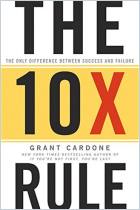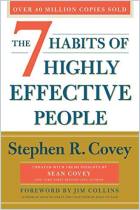
The Power of Now
How Winning Companies Sense & Respond To Change Using Real-Time Technology
Read or listen offline
Recommendation
Vivek Ranadive’s book says technology has changed the way business is conducted. Having seemingly stated the obvious, though, he tells you what this means. This technology has spawned "the event-driven revolution," a transforming shift in how corporations act. The book begins with the early transformation of the financial services industry to an event-driven business. It goes on to discuss enterprise business applications, and then the Internet. Throughout, the author addresses the differences between contemporary and event-driven business models, with great emphasis on the event-driven model. This book is densely written, yet surprisingly easy to read. Ranadive provides a good background for students and Internet entrepreneurs (all those who think the event-driven business world started with Jim Clark and Netscape are in for a shock). getAbstract recommends this book to leaders thinking of shifting to an event-driven business mode. You’ll also like it if you want enough background to join the conversation about how event-driven organizations function.
Take-Aways
About the Author
Vivek Ranadive is a pioneer of real-time software technologies that were first used to digitize Wall Street in the early 1980s. He is the founder and CEO of TIBCO Software Inc. (Palo Alto, CA), whose real-time software is used by hundreds of leading companies, including Cisco Systems, Goldman Sachs, NASDAQ, Philips and Yahoo!
















Comment on this summary or Start Discussion